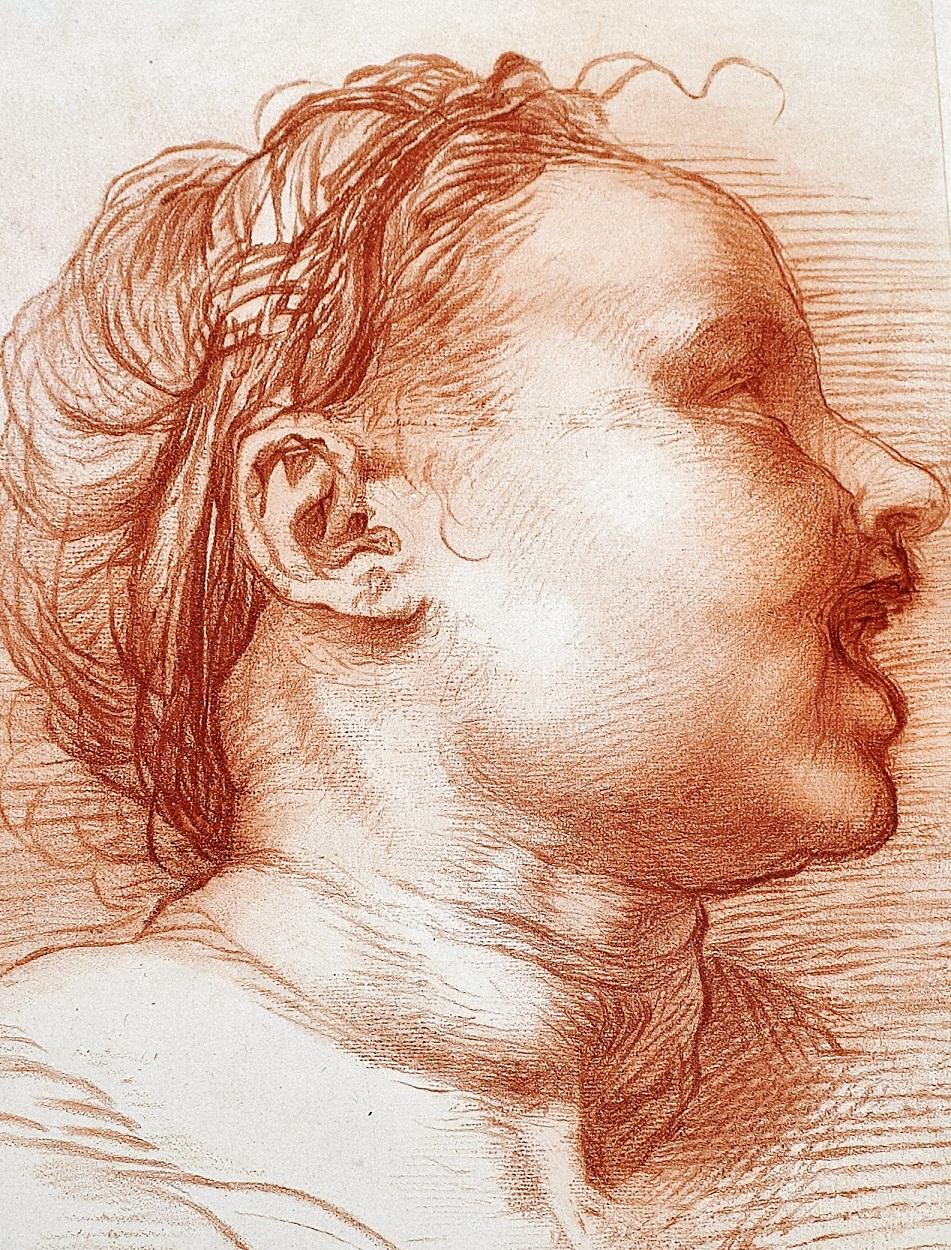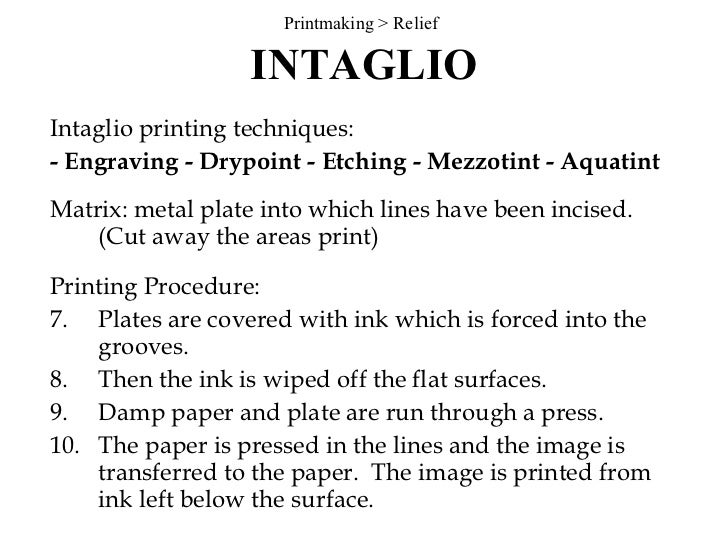
One might as well think of “slipping and sliding” to realize how difficult to establish a clear definition particular to each process. A.The terms repoussé and chasing are often confused and not without good reason since the two techniques are often worked together. Gascoigne “How to identify prints” Thames and Hudson, 2011. The intaglio by engraving is evident in C) lines are pointed and diminish during their length. The intaglio technique is evident in A) the raised ink in the strongest dark lines. Etched line will be of the same width along their length, while the burin gives swelling shapes.


And the very slight crumbling of the wax to either side of the line, combined with the somewhat uneven action of the acid, results in the less precise edge to the line than in an engraving.

Etching uses a rounded needle that passing through the wax ground give a more blunt end to the line than the engraving tool. In the etching techniques the cutting is done by an acid and the artist can draw freely on the wax covered copper plate. The controlled act of engraving also gives the line a formal character. It has clean edges, tends to be pointed at each end and to swell or diminish during its length. It will be raised up at the end of the line to lift out a sliver of copper. Engraving is the oldest method and it uses a burin with sharp V-shaped cutting section, which is pressed gradually down onto the surface of a copper plate and then driven more or less deeply through the metal. There are two techniques to cut the lines of an intaglio print, engraving and etching. In strong dark lines the ink considerably rises up from the paper. Since the grooves’ depth can be adjusted, the ink collected in it would vary and this translates in darker or paler printed lines. The main characteristic of this technique is to show lines with varying ink intensity while in relief the intensity of the ink is always the same. On the contrary to relief, the ink is held in grooves on the block’s surface. Intaglio means incising in Italian and this technique was developed in the 1500s. Bemporad e Figlio editori, Firenze, 1924. RTI (Reflectance Transformation Imaging) allows to document embossing better than raking light. RTI (Reflectance Transformation Imaging) is the most suited photographic method to document embossing). Relief printing can show embossing on the back of the paper caused by the pressure applied.
#Relief vs intaglio serial number
The bright green of the serial number shows ink rim on the edges, characteristic of relief printing. This is a sign characterizing only relief printing. The process of transferring the ink from the block applying pressure produces a characteristic rim on the edges of the printed lines. Then the ink is transferred by laying a sheet of paper and applying pressure. On the relief block – wood or metal – the non-printing areas are cut away and the ink is applied to the remaining raised areas by dabbing or with a roller. This is the oldest of the printing techniques. Pre-photographic printing methods are classified in three main categories: Relief, Intaglio and Planographic. A great online resource is the IPI (Image Permanence Institute) Graphics Atlas. Though, even if the subject is complex, this doesn’t mean we cannot have some good time, experimenting a bit with prints. I like to share in this post some basic hints on their identification using the USB microscope but heartily recommending further readings, since the number of techniques and variations is extraordinary, so a definitive attribution deserve an advanced knowledge. Printmaking history is fascinating as well as a complex subject.

Looking at old and new prints with an USB microscope is revealing and with some experience can lead to their identification. We do run a lot of initiatives, Stay on top of things! Pigments Checker (TP-MSI calibration card included).Valeria – Panoramic Head for IR Reflectography.Pitty – Polarized Light Photography Kit.Course: Panoramic Infrared Reflectography.Gorgias – Reflectance Spectroscopy system.Infrared Fluorescence Photography (IRF).Infrared False Color photography (IRFC).


 0 kommentar(er)
0 kommentar(er)
